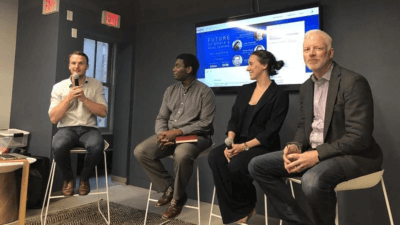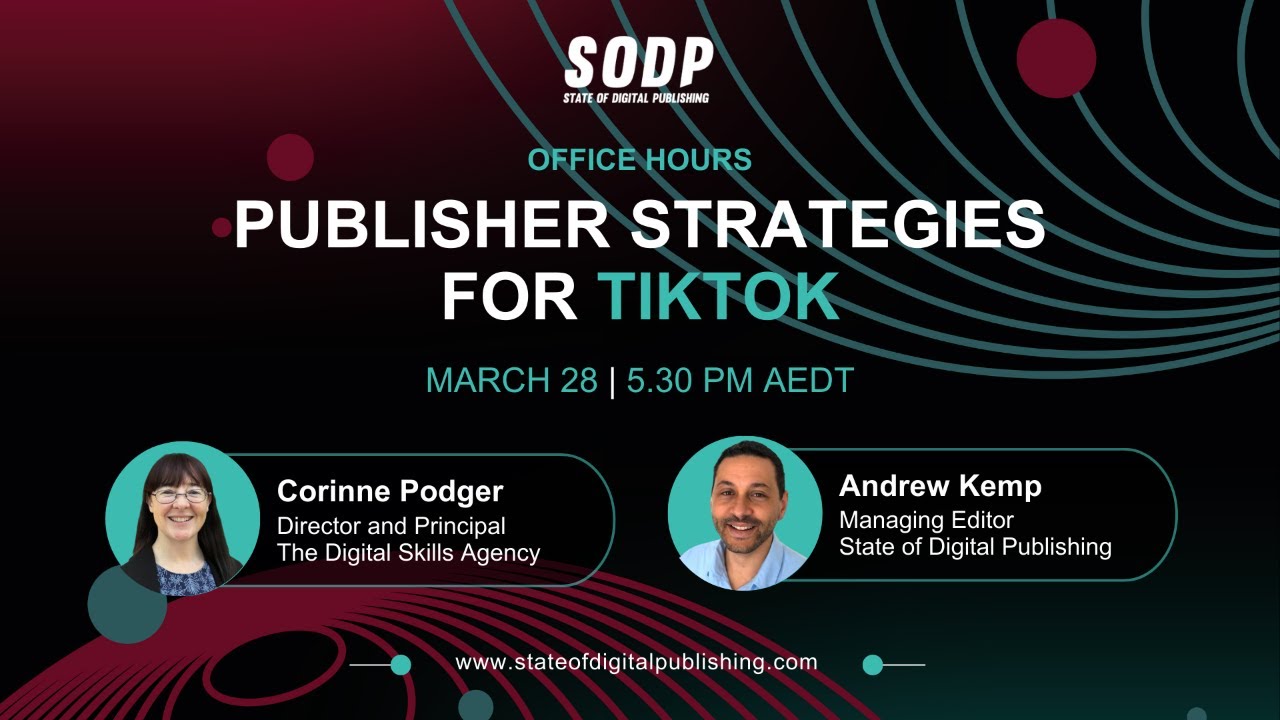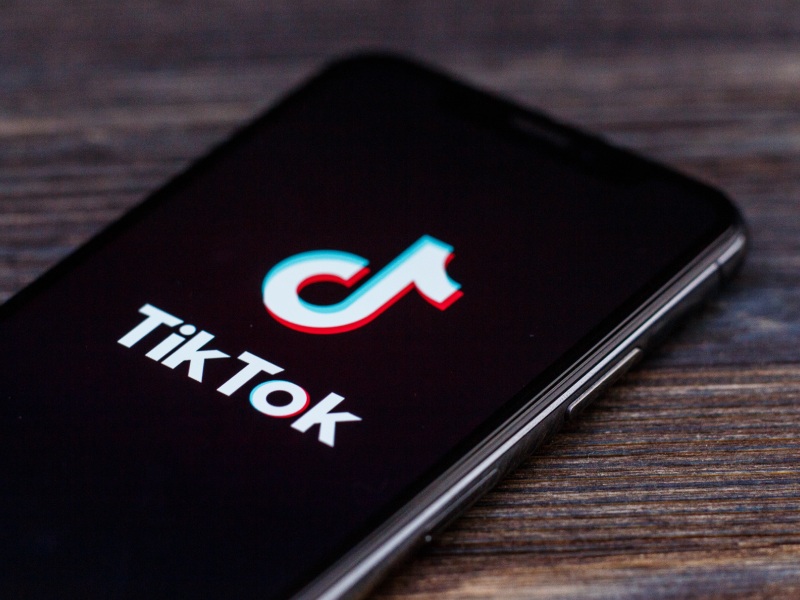We invited the publishing community to our first-ever publishing event in Philadelphia to talk audience development.
On June 18, Bibblio hosted the first edition of the ‘Future of Media & Publishing’ event series at 1776 Rittenhouse.
The evening featured a presentation by Louis Hochman (Digital Managing Editor at New Jersey 101.5, part of Townsquare Media) and a panel of contributors – Kevin Donahue (Managing Editor at Philadelphia Business Journal), Sarah Bond (Founder and CEO at Family Focus Media) and Less Cardinal (Marketing Manager at Technically Media). I moderated the panel.
Read on for these expert’s takes on the transition to digital, sponsored content, how to do social and newsletters well, and what the future holds. Oh, and grab Louis’s presentation slides too.
From radio-only to digital too
We kicked off the evening with Louis’s keynote talk. He’s the digital managing editor of New Jersey 101.5, a news and talk radio station based near Trenton NJ. It’s the flagship station for Townsquare Media, the third-largest radio station company in the country, owning 321 of them and operating 330 local websites.
When Louis joined the company in late 2015, it was plain to him that 101.5’s digital presence wasn’t up to the standard of a brand that big and powerful. But it has gone well for their site, Louis explains:
“When I joined, we had about 500K unique users a month. That’s now up to 2M. We hadn’t yet launched our app, which has over 226K downloads. The follower numbers on our Facebook and Twitter were roughly half of what they are now.”
But the transition to digital doesn’t come easily. To this point, Louis discussed chasing views with bad, ‘rushed journalism’ as a result. A famous example is the CNN coverage of the 2012 Affordable Healthcare Act ruling. Louis explains:
“In short, if you only read the start of the ruling by the Supreme Court, it meant Obamacare was to come to an end. And that’s what CNN reported. There were 13 minutes between the false tweets and one correcting the record. CNN and Fox both put incorrect stories on their websites. NPR and Time Inc. retweeted CNN’s wrong info. Even Obama himself was reportedly fooled by it. Huffington Post called CNN and Fox out for being wrong — without acknowledging they repeated the same mistake.”
It’s not about going viral
Good journalism pays off. Don’t try to game the system, Louis emphasized. This is also true for the platforms you use for audience acquisition every day. Louis shares his tips on how to work with social:
- Don’t aim for cheap hits and shares — it’s not about going viral. It’s about appealing to a consistent and growing community.
- Interact with your audience. Answer their questions in threads, messengers and so on.
- Don’t just farm out your own links with no regard for interaction. Share fun and interesting photos and videos. Start conversations. Be a good and constructive fellow user.
- Be honest and clear in your headlines. Facebook will penalize clickbait that the reader abandons immediately — and so will your readers.
- Use tools the way they’re intended. Don’t slam a still photo into a faux video because Facebook likes to promote video. Don’t tell people to vote with angry faces and hearts. It’s not what they’re there for.
Want to learn more about Louis’s lessons learned working with an editorial team that’s going through a transition? Or curious about the things he thinks New Jersey 101.5 needs to do better? See the link below…
Check outLouis’s presentation slides and elaborate notes
Facilitating a connection between readers
Next up at our event was the panel, which covered more etiquette regarding social media, the importance of newsletters, and how podcasts could be the next best thing.
After introductions, I asked our panel where their external referral traffic is coming from. Sarah from Family Focus Media went first and said that their closed Facebook group is the center of their audience:
“Currently, the Main Line Parent Community Facebook group has over 27K local active parents. These members are consistently seeking connection and we’re facilitating this. The Main Line Parent and Philly Family Community groups are great listening and feedback sources for our team. They are feeders for our email newsletters too since we’re able to ask questions when they request to join a group.”
And as Louis mentioned earlier, Sarah stresses that the group is foremost a place where they and their audience have interactions. For a long time they didn’t even push their content in there. The group continues to grow and there are hundreds of posts and responses every day.
Less over at Technically Media, organic search is their number one traffic source and direct traffic is number two. On the social side, Facebook generates the most traffic to their site, but the engagement through Twitter and LinkedIn is better:
“We focus on the tech industry, companies within and jobs they are offering, so naturally the strongest performance comes from LinkedIn. It depends on what metric you’re looking at. I’d say for traffic Facebook delivers most, for actions on our site it’s LinkedIn and for engagement, it’s Twitter (feeds).”
The Philadelphia Business Journal doesn’t have an extensive social media presence, with 33K followers on Twitter, 7K on Facebook and 7K on LinkedIn. But LinkedIn is getting decent engagement without much effort at all:
“It has been mostly other people posting our content onto LinkedIn. We’re currently focusing on growing our follower base on LinkedIn, and setting aggressive goals. Our newsletter is much more important to us, though. It’s easier to hold on to the subscribers you have, then go and find new ones.”
Newsletter top tips
Following up on Kevin’s remark, I find out that all panel guests are currently engaged in work around newsletters. What if you were to start a newsletter at a publishing business today? I asked Sarah, Kevin and Less for their advice. They all agreed that the best newsletters are mostly self-contained and self-satisfying, offering something digestible too. Sarah mentions respecting the medium where you meet the readers:
“Meet people on the platform where they are, and don’t always drive people to your site to crank up the page views there. This is true for Facebook, Instagram, and your newsletter too. Your newsletter connects with subscribers in their inbox, so deliver value in the newsletter itself. Leveraging strong visuals is an important part of our email strategy as well.”
If he’d start a newsletter today, Less would set one up with quick, digestible bites. He also stresses getting the basics in order, such as mobile responsiveness and accessible design. Make sure to keep testing your assumptions, Less adds, when it comes to newsletters and everything else in audience growth. Kevin adds that you actually need a whole suite of newsletters nowadays: “At least one of them should be completely indulgent, narrative-driven and 100% your brand.”
Events and sponsored content are moving the needle
It wouldn’t be a Future of Media & Publishing panel without a chat about monetization. Kevin shares his thoughts on digital revenue:
“Digital is great for reaching people, it’s hard as hell to monetize. The pure ad model does not work. On a CPM model, you can’t drive enough traffic to have a business that really thrives, unless you get to a remarkable scale. It’s exceedingly difficult in a particular geographical area to reach any kind of scale. Print is part of the answer for us, the other part is events.”
Sarah began creating their print magazines a year after their events started. She always wanted to create a tangible product – a calling card:
“Print offers an experience when your audience is unplugged. I believe in the power of publishing high quality, visually enticing content designed to last in print. It sets us apart from digital-only influencers, increases our authority, and attracts new readers in our niche. I could not raise enough to support my team of ten women with digital alone, the campaigns we create with print in the mix are important revenue-drivers.”
Another source of income that has enabled Family Focus Media to gain momentum and make an impact with their clients is sponsored content. Sarah’s team has focused on helping clients tell their stories, in favor of banner ads. Of course, it’s important to have clear boundaries about what is right for your niche. In Sarah’s case, the first question the team asks themselves is what do we as parents feel good about promoting to our friends and neighbors?
Podcasts and voice search: new frontiers?
On the day that The Atlantic introduced a “daily idea” for smart speakers, I asked the panel what new, exciting projects they’re thinking up. Voice search will not be urgently addressed by Less:
“Voice search is something that we want to do to sometime in the next decade, but it’s not on the roadmap for the next year. Video is something I’d like to incorporate more into our strategy right now. Chatbots too. We’re working with some cool tools to start answering questions from site visitors about tech companies, jobs or the latest trends. I think it’s a great new way to interact with our readers.”
Sarah would also like to create more video content and organise more events, which is where the true excitement of connecting directly with their audience lies. Kevin shares this feeling and wants to try to bring this to digital:
“When I see the energy our reporters bring to the attendees at our offline events, I’d love to have them do podcasts. Our reporters have access to so many people with opinions our audience would be interested to hear. It would make perfect sense for us to do that. That could translate into a voice skill down the road.”
In all, the first Philly event was quite the success. We’ll be back!









